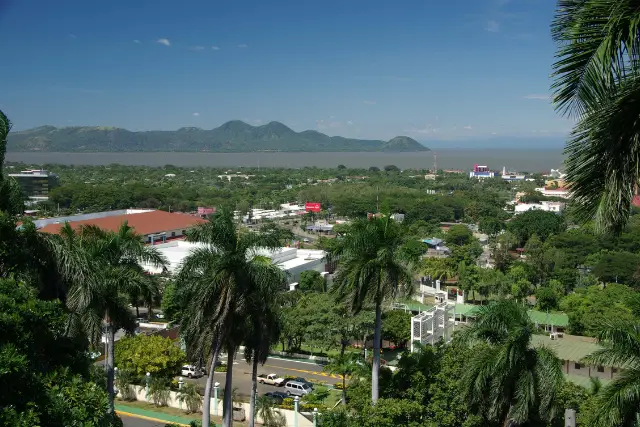Introduction
Ever wondered, “What is Nicaragua’s capital city? Masaya Managua Ometepe Gallo Pinto”? The answer is Managua! This vibrant city is not only the capital of Nicaragua but also a cultural and economic hub. Let’s explore some key facts about Managua and highlights of other notable Nicaraguan cities.
Discovering Managua
Geographic Marvel
Managua is strategically located on the southwestern shore of Lake Managua (Lake Xolotlán). As Nicaragua’s largest city, it offers a unique blend of natural beauty and urban development.
Historical Resilience
In 1972, Managua was struck by a devastating earthquake, leading to widespread destruction. Despite this, the city has shown incredible resilience and has rebuilt itself into a thriving metropolis.
Cultural Vibrancy
The cultural landscape of Managua is rich and diverse. The city boasts numerous museums, art galleries, and theaters, reflecting Nicaragua’s artistic and historical heritage.
Iconic Landmarks
Managua is home to several iconic landmarks:
- Old Cathedral of Managua: A historic symbol of the city’s endurance.
- National Palace of Culture: A repository of the nation’s history and art.
- Tiscapa Lagoon Natural Reserve: An oasis of natural beauty within the city.
Economic Powerhouse
Managua serves as Nicaragua’s economic and political center. Its economy thrives on industries such as textiles, pharmaceuticals, and agriculture, making it a pivotal part of the nation’s prosperity.
Efficient Transportation
The city’s extensive public transportation network, including buses and taxis, ensures convenient travel within and around Managua.
Educational Hub
Managua is a center for education, housing several universities and research institutions that provide ample opportunities for learning and advancement.
Highlights of Other Nicaraguan Cities
San Juan del Sur
San Juan del Sur, a charming beach town, is perfect for surfing and relaxation. Its vibrant nightlife and stunning coastline attract tourists from around the world.
Masaya
Known as the “City of Flowers,” Masaya is renowned for its bustling markets and vibrant traditional crafts. The Masaya Volcano National Park offers breathtaking views and a chance to see an active volcano up close.
Ometepe
Ometepe, an island in Lake Nicaragua, is formed by two majestic volcanoes. It’s a haven for hikers and nature lovers, featuring stunning beaches and diverse wildlife.
León
León is celebrated for its colonial architecture and cultural depth. The city is rich with museums, art galleries, and the magnificent León Cathedral.
Granada
Granada, one of the oldest cities in the Americas, captivates visitors with its well-preserved colonial architecture and colorful streets. It also provides access to the beautiful islets of Lake Nicaragua.
Savoring Gallo Pinto
A visit to Nicaragua wouldn’t be complete without tasting Gallo Pinto. This traditional dish, made from rice and beans, is a staple of Nicaraguan cuisine. Typically enjoyed at breakfast with eggs, cheese, and tortillas, Gallo Pinto embodies the essence of Nicaraguan culinary tradition. It’s a must-try when visiting Managua or any other Nicaraguan city.
Conclusion
Managua is a testament to Nicaragua’s resilience and cultural richness. From its significant landmarks and vibrant cultural scene to its strong economy and educational institutions, Managua represents the spirit of Nicaragua.
The country’s other cities, each with its unique charm, further highlight Nicaragua’s diverse attractions and cultural wealth. And don’t miss out on the delicious Gallo Pinto, a true taste of Nicaragua.

